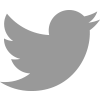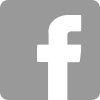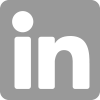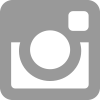
How to choose between 97.5% and 91.5% glass greenhouse scattering glass
Wenluo Glass Greenhouse has been developing in China for nearly 10 years. From the original film greenhouse to the current glass greenhouse, the greenhouse has been completely changed from the inside to the outside. The standard configuration of current glass greenhouses is: hot-dip galvanized pipes for the frame, ordinary insulating glass for the side walls, and standard scattering glass for the top.
In addition, glass greenhouses also include ventilation systems, internal and external shading systems, carbon dioxide supply systems, light supplement systems, wet curtain systems, etc. that film greenhouses do not have. Whether it is a large-scale project worth 100,000+ or a small greenhouse worth 1,000+, intelligence is highlighted everywhere.
As a glass greenhouse factory, today I will tell you how to choose between 97.5% and 91.5% glass greenhouse scattering glass?
Today, scattering glass has become the standard covering material on the top of greenhouses. Before that, ultra-white float glass and ultra-white tempered glass had been eliminated. Ultra-white scattering glass with a light transmittance of 91.5% has become the standard glass for greenhouses.
Among the glass specifications that can be used in greenhouses, the light transmittance of scattering glass is divided into two types, one is 91.5% ultra-white scattering glass, and the other is 97.5% ultra-white scattering glass. So when we choose, the first thing we consider is the light transmittance.
Scattering glass only accounts for about 5% of the total investment in greenhouse construction. It is absolutely cost-effective to use a glass with high light transmittance, high scattering and high production increase at a relatively low price to achieve an increase in production of about 36%.
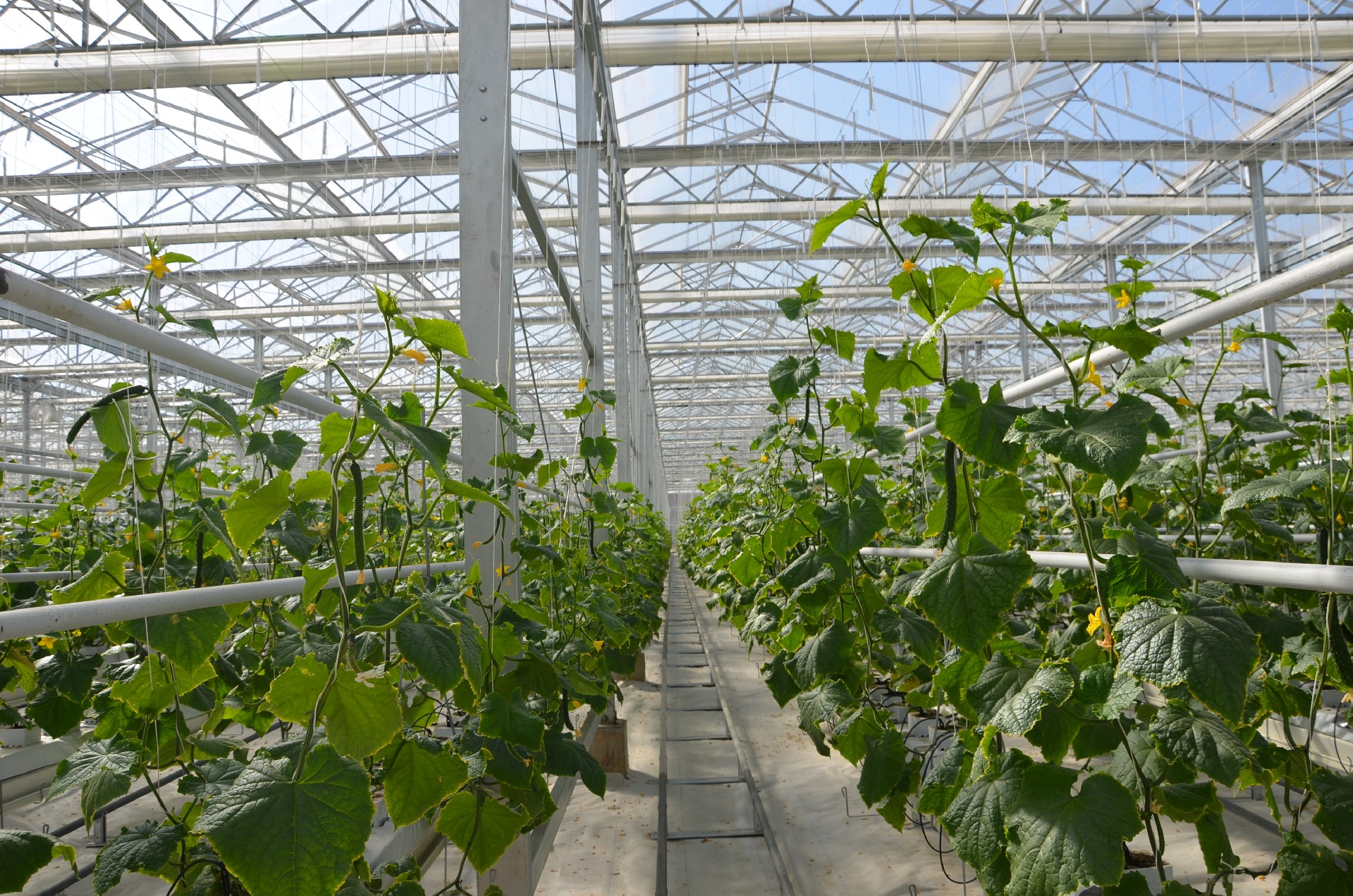
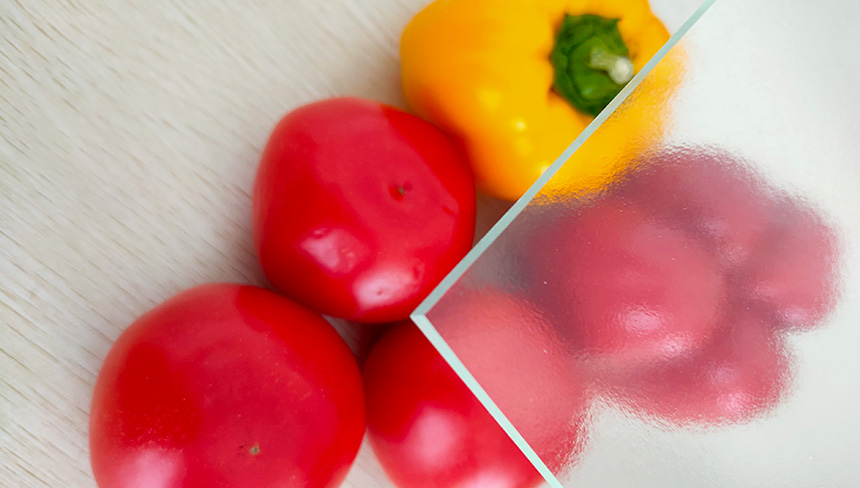
The selection of scattering glass with different light transmittances is based on the following points:
First: the annual average temperature, maximum temperature, and minimum temperature of the project site
Second: annual accumulated temperature
Third: Plant crops
Fourth: Greenhouse height
The initial design of the greenhouse can be temporarily considered based on the above four items, focusing on the first to third items. Depending on the light-loving nature of greenhouse crops and the intensity of light in the project site, you can choose to use high-transmittance or low-transmittance glass. There are also some that can be directly used with high light transmittance of 97.5%, such as experimental greenhouses, seedling greenhouses and campus greenhouses.
Judging from the domestic market, in recent years, most greenhouses have chosen 97.5% light-transmitting scattering glass. 97.5% high transmittance scattering glass can be said to be suitable for projects across the country, whether in Beijing or Yunnan, Xinjiang or Shandong. High light transmittance brings longer daily sunshine duration and higher yield increase benefits to the greenhouse.
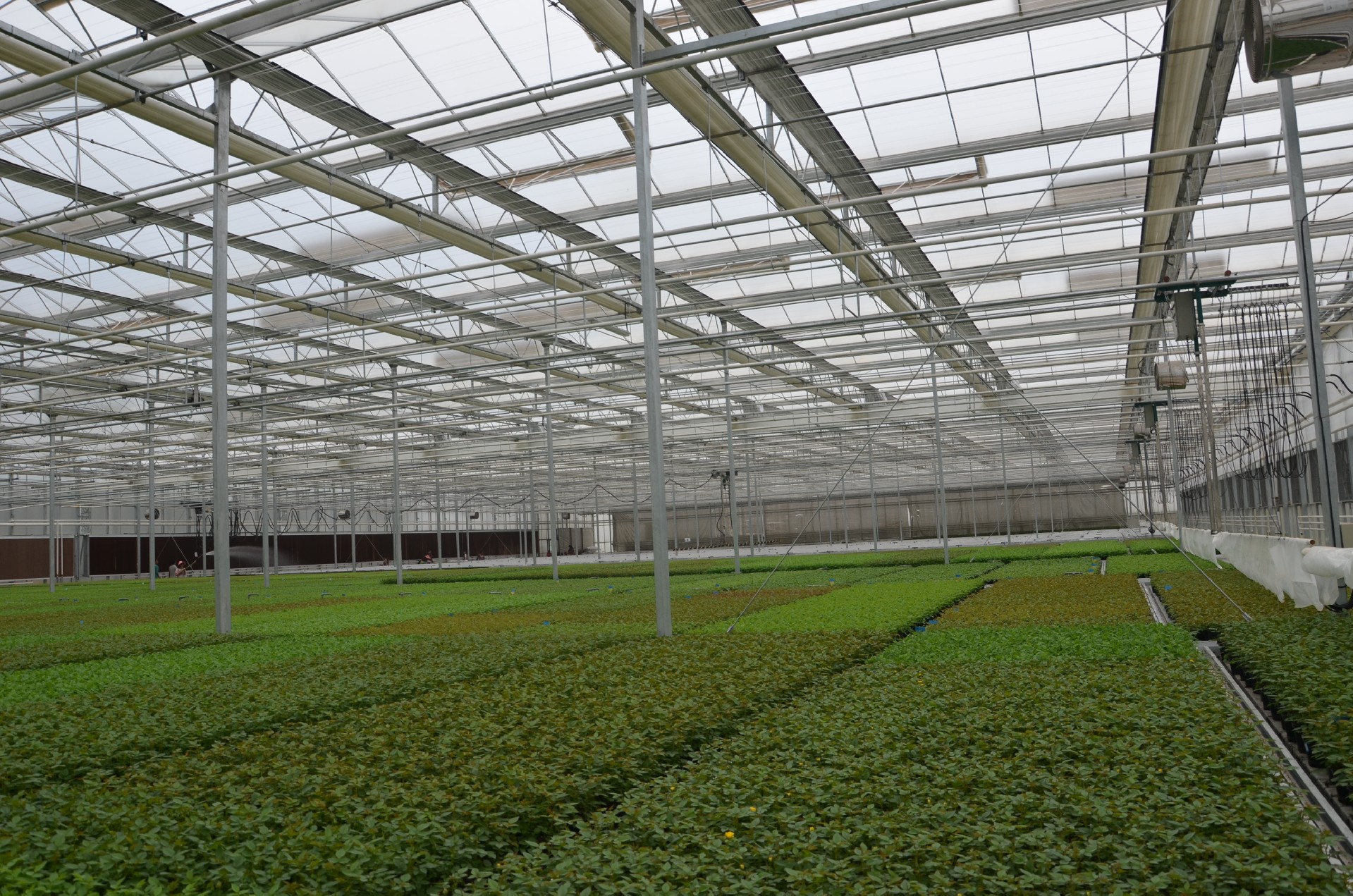
According to Jingpeng's test data, using 97.5% high-transmittance scattering glass, compared with other ultra-white tempered float glass, compared with planting small tomatoes, cucumbers and other products, the total yield increase benefit is about 36%.
The essential difference between 91.5% and 97.5% scattering glass is the difference in light transmittance. The higher the light transmittance of glass, the higher the efficiency of increasing greenhouse production. From the development of greenhouses to today, whether it is a film greenhouse or a PC board greenhouse, they are all working in the same direction, high light transmittance. High light transmittance can ensure a better growth environment for the internal coating.
The standard glass currently used in glass greenhouses is 91.5% pear scattering glass. For some high-standard greenhouses or campus-type test greenhouses, it is recommended to use 97.5% pear scattering glass (anti-reflective glass).
Tags:anti-reflective glass diffuse glass agricultural greenhouses glass greenhouse venlo greenhouse AR glass greenhouses glass agricultural glass horticultural glass #greenhouseglass #Antireflectiveglass #Diffusetemperedglass #Ultrawhitefloatglass #agriculturalgreenhouseglass #diffuseglass #horticulturalglass #Tomatogreenhouse #Coloredpeppergreenhouse #Lettucegreenhouse #Agriculturalgreenhouse #ARglass #venlogreenhouse #greenhouseglass #Antireflectiveglass #Diffusetemperedglass #Ultrawhitefloatglass #agriculturalgreenhouseglass #diffuseglass #horticulturalglass #Tomatogreenhouse #Coloredpeppergreenhouse #Lettucegreenhouse #Agriculturalgreenhouse #ARglass #venlogreenhouse #GlassManufacturer #invernadero
Previous:High light transmittance in greenhouse-how to make diffuse reflective glass
Next:The production output of glass greenhouses is four times that of ordinary greenhouses

